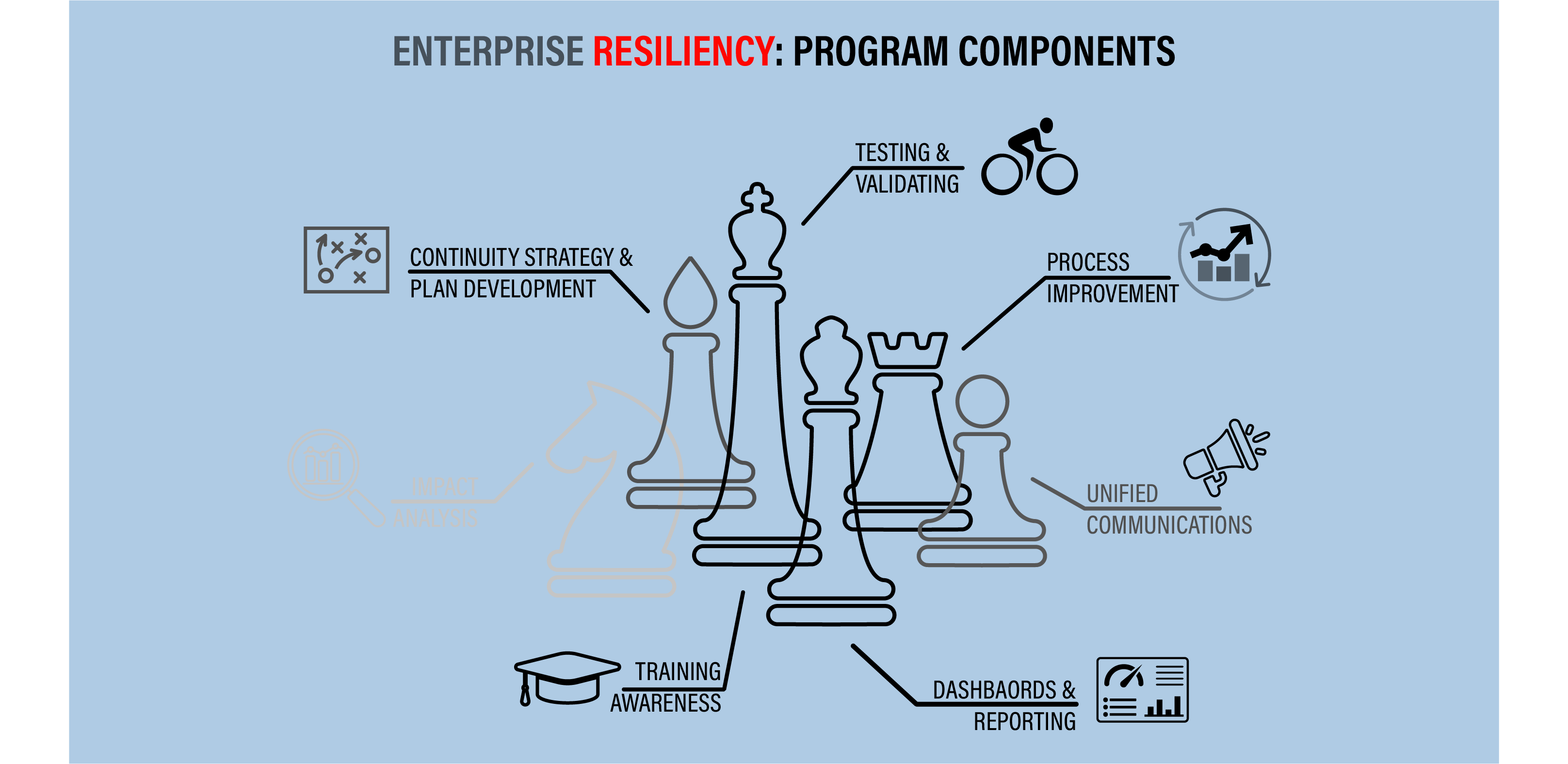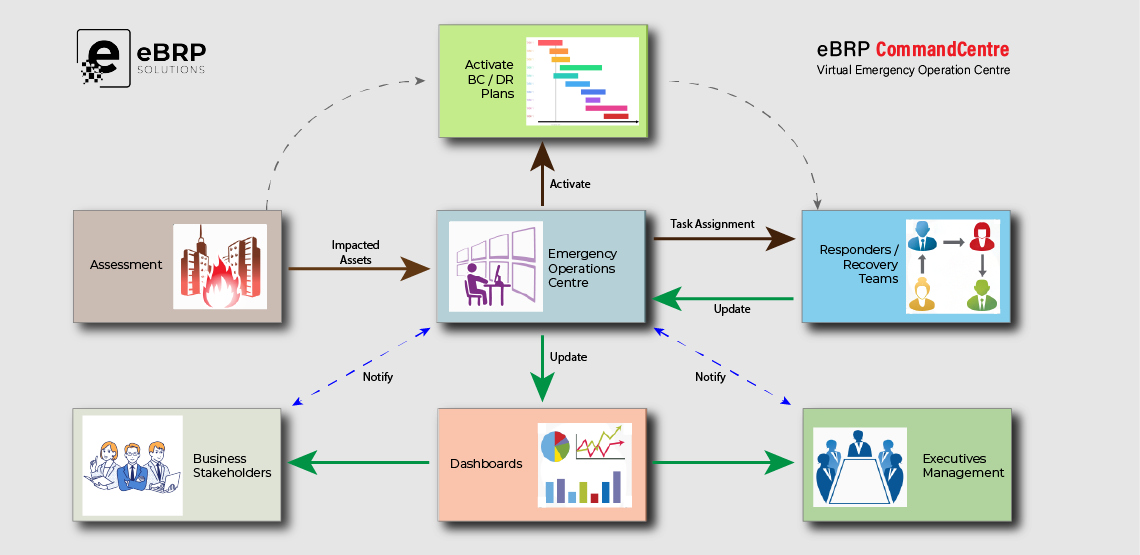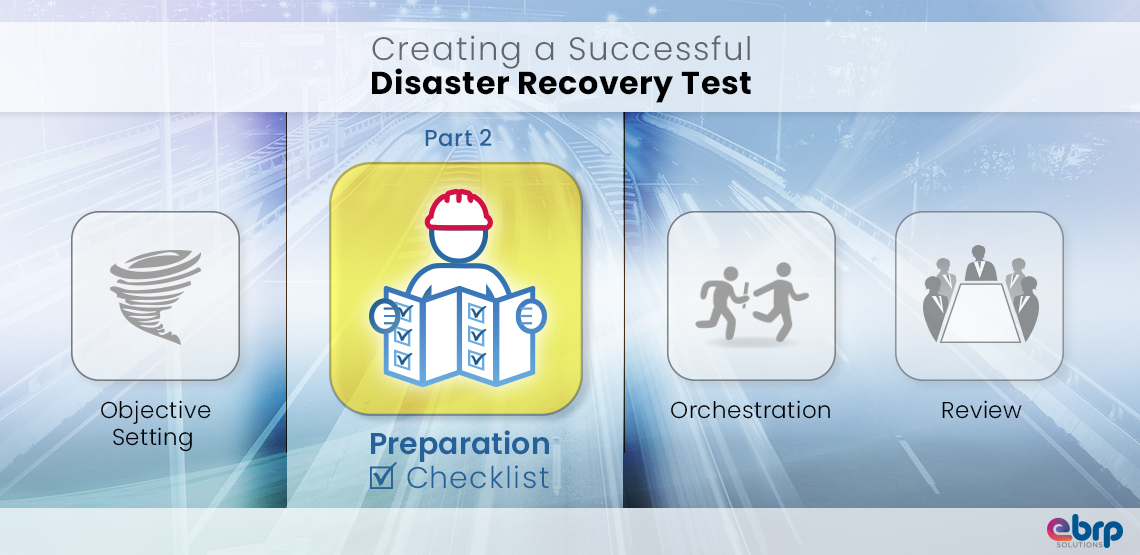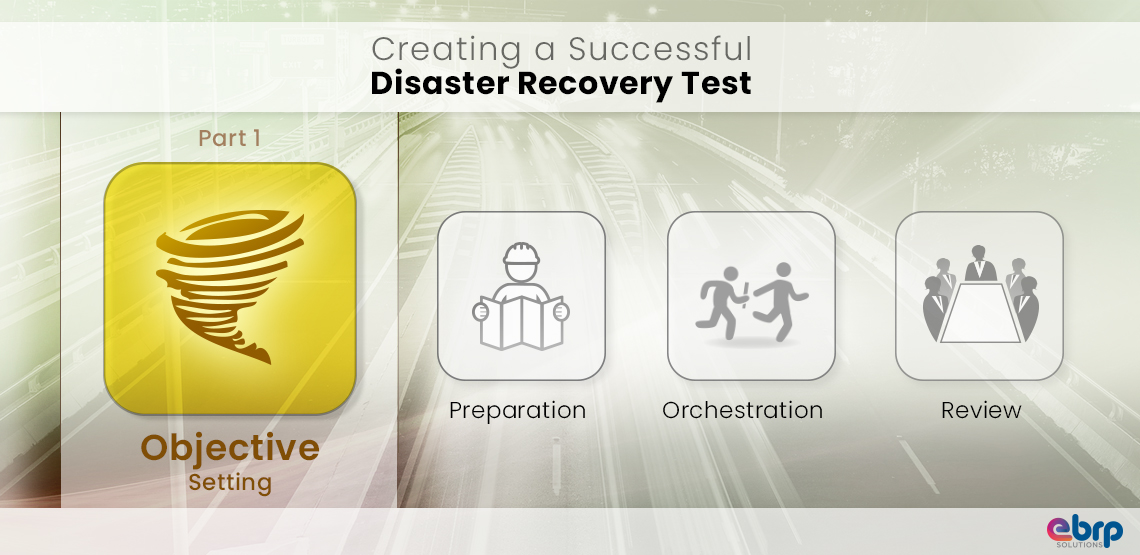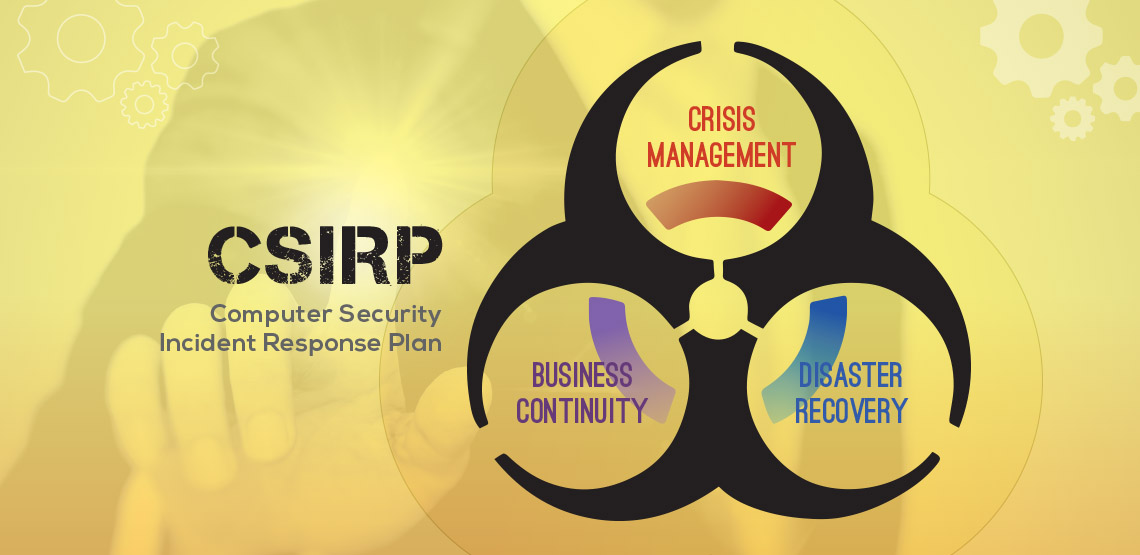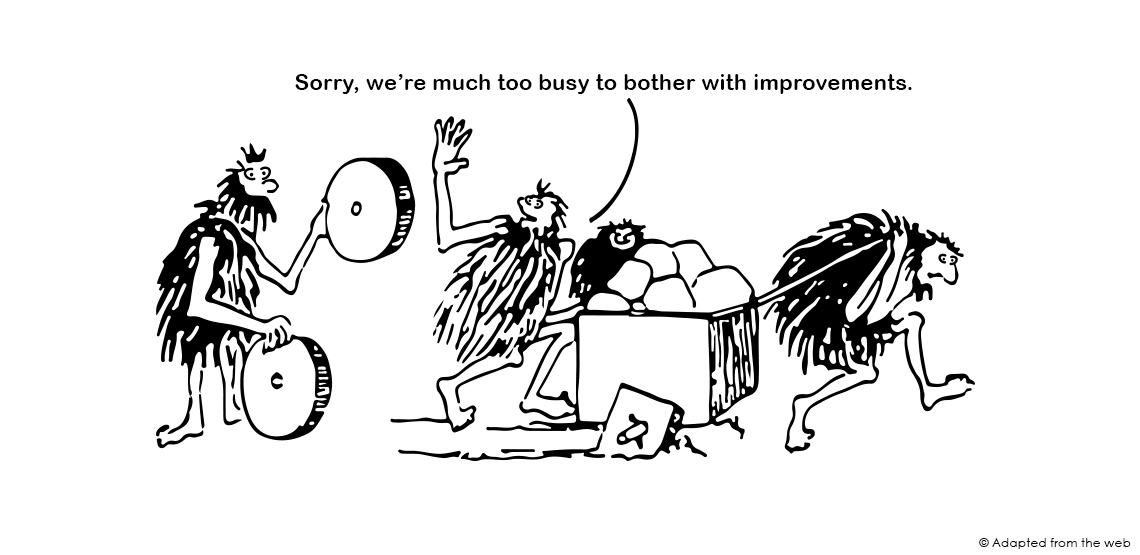After more than 20-some years of analysis and observation of BCM programs, patterns have emerged. Some programs have been very successful, while some never quite achieved much – and others withered away. From those observations, here are 5 common, very simple reasons why too many BCM programs fail to prosper. I’m certain there are others. But if your BCM Program is struggling with one of these, make an effort to fix it – or update your resume:
Lofty or ill-defined goals
Fans of the HBO series “Game of Thrones” will recognize the phrase “protect The Realm”. Many characters support this goal – but no one seems to be able to define what “the Realm” is, and everyone fights to “protect” their vision of it. BCM programs often have that same flaw: failure of the organization to understand its goals. Resilience sounds like a nice goal. So does Continuity of Operations. But unless and until the organization’s goals are properly defined and communicated down through the management ranks, no one can succeed. Why struggle with something that’s not part of your everyday job if you don’t know what goal you’re shooting for? That’s a fruitless task easily abandoned.
No Path to Success
Similarly, there is danger in setting the bar too high. Planners like to think of BCM of as a Process – not a Project. But leveraging good project management techniques – setting tasks (short-term goals) to reach milestones along the path to success – gives everyone intermediate goals to shoot for. When goals are too hard to reach (whether difficult or time-consuming) the odds of achieving them plunge. BCM professionals should have – and articulate – a plan of the steps to be accomplished. When everyone understands the steps to success, the odds of getting there are much higher.
Tunnel Vision
Nobody said BCM was easy. But it’s also fluid – just like the organization is serves. People, processes change, IT applications, products and services change. Unless there is constant awareness of those changes, a day of reckoning is bound to arrive – when someone (usually a high-level executive) discovers the organization is still planning for things that no longer exist, with people who no longer work there, or with unsupported technology. Goals are important, but so is awareness. If BCM can’t keep up with changes in the organization, it won’t succeed.
Lack of Metrics
It’s hard to prove the value of BCM. It doesn’t make money. It won’t even save any unless the unthinkable happens. But if BCM is positioned as ‘insurance’, there better be metrics to show its progress. Many a program has died a quiet death for lack of measurement. If you aren’t making progress you can demonstrate, you may not be worth the cost of continuance.
Management Doesn’t Care
The lack of Management buy-in is the BCM industry’s pet peeve. Yes it’s important. But without well-defined goals, a clear path to success, change awareness and metrics, even an organization with Management backing will eventually sputter.



